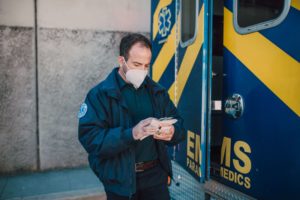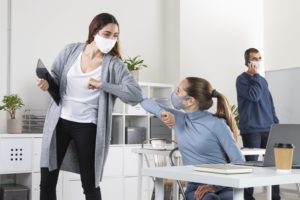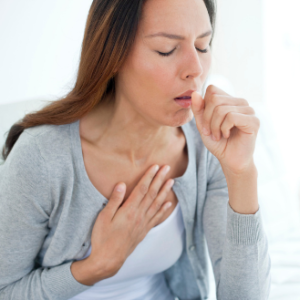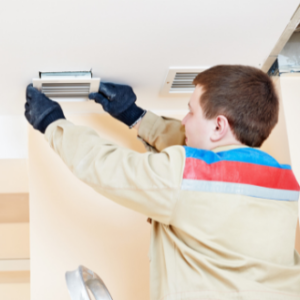IBEC Takes the Lead in Developing a Framework for Reducing Indoor Pathogen Transmission
Dear IBEC Partners and Supporters,
As we continue to navigate the ongoing threat of airborne pathogens transmission in our shared indoor communities, it’s more important than ever to recognize the importance of developing consensus driven frameworks for considering how to address airborne pathogen transmission in the built environment. At IBEC, our goal is to improve indoor air quality and ultimately create healthier environments to to reduce the risk of disease transmission indoors.
As we look across the policy and standards landscape in the U.S., we’re seeing the National Institute of Science and Technology releasing a comprehensive new standards strategy for critical and emerging technology. This effort will impact broad sectors of U.S. businesses and industries. The standards strategy released in early May by White House will set the expectations and parameters for years to come and will hopefully drive innovation and implementation towards efforts that benefit our nation and the world.
Despite the lessons learned from the COVID-19 pandemic, comprehensive frameworks and enforceable standards for reducing indoor airborne pathogen transmission still haven’t been developed in the US or elsewhere. Groups like the American Society of Heating, Refrigeration, and Air Conditioning Engineers appear to be working on standards that will affect individual aspects of airborne pathogen transmission in the built environment.
However, the reality is that many factors including human behavior, building age, alternative interventions, and community health all weigh heavily on airborne pathogen transmission. That’s why IBEC is taking the lead in bringing together experts from across industries focused on building design and operation, indoor air quality, and pathogen transmission to develop an operational framework for Reducing Indoor Pathogen Transmission.
We’re proud to announce that we will begin hosting working group meetings to develop the framework in the coming weeks, and we’re confident that it will play a significant role in improving indoor air quality and reducing the spread of airborne pathogens.
We encourage you to stay tuned for updates from IBEC as we continue to develop and refine our framework. If you are interested in participating in the working groups who will be leading this effort, please reach out.
Best regards,
Coby Gierke
Executive Director
Integrated Bioscience and Built Environment Consortium (IBEC)
406 370 9868
cobyg@weareibec.org
weareibec.org
Related Blogposts
The CEAT: a powerful tool for infectious disease risk assessment
The CEAT is a powerful tool for infectious disease risk assessment. Keep reading to learn about its development and use. We will never forget March…
Best ways to be safe from COVID-19 in public transport
Since the beginning of the pandemic, industrial hygienists have been researching and broadcasting the information needed to prevent the infection & spread of COVID-19. Under…
NIOSH Hierarchy of Controls for Public Transport
In our latest CLEAN Lessons Learned Session – Making Confidence Our Travel Companion: Managing the environment to reduce public transport transmission, we discussed how the…
How to Protect first responders from the Spread of Covid-19
After the impact of COVID-19 on our society, it has become evident that one of the industries whose workers are most affected is first responders.…
How to Protect teachers and educators from the Spread of Covid-19
It’s not a surprise that one of our society’s most affected industrial sectors is the education sector. Despite the 2020-21 academic year ending better than…
How to Protect Agriculture Workers from the Spread of Covid-19
The construction industry has been significantly affected by the COVID-19 pandemic while being challenged to improve its workforce safety and well-being. Since COVID-19 started, there…
Interview with J. Frederick: COVID-19 and vulnerable workers
Since COVID-19 started, we have been looking for the right resources and standards to navigate our experience in the world safely. All over the world,…
How To Improve Indoor Air Quality – An OSTP Discussion on COVID
The Biden-Harris Administration identified improved indoor air quality as an essential tool to fight the spread of airborne diseases in the American Pandemic Preparedness Plan…
Why Did It Take So Long To Accept COVID Is Airborne?
This is an extract from our August CLEAN Lessons Learned session “Getting Serious About Airborne Infection Transmission” where Dr. Lidia Morawska gave a presentation about…
Top Guidelines To Follow In The COVID-19 Era
This is an extract of our CLEAN Lessons Learned September session: Resilience, Recovery, Return: Getting back to School Confidently and Safely. To have access to…
- « Previous
- 1
- 2
- 3
- Next »










